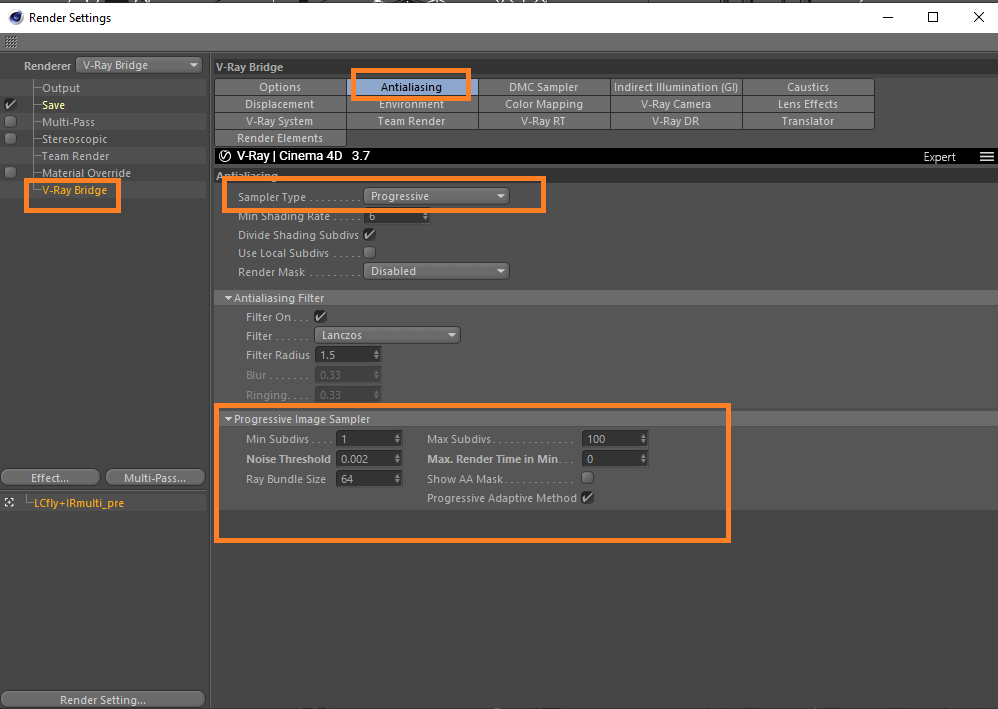
Going back and forth to CPU (Adv) is not the best idea in the same way that jumping between Corona, Octane and V-Ray in the middle of production isn’t. Shade, light, render previews, finals with RT. Looking at V-Ray RT as a completely different engine is the key to loving it. And I believe that now it’s the best time to start using it in production. I’m extremely happy that Chaos Group didn’t dismiss GPU rendering as being ‘too hard’ and pushed hard with development. At earlier stages there were some differences in renders from RT and ADV due to many missing features, but that changed a lot over time due to fast development. I thought it’s just ‘real time’ addition to V-Ray Adv. One thing that I feel is a bit unfortunate is that for a very long time I did understand it’s true potential. We’ve chosen V-Ray RT as our main rendering engine at the end, but It took us some time be convinced. This alone made it possible to render 70-80% of our scenes. It changed with launch of Nvidia’s maxwell cards that came with 4GB on board, did cost fraction of their Quadro brothers and were much faster and more energy-efficient than earlier generation. But back when GPUs had 512-1024 MB of memory it wasn’t really a production ready solution (at least for us). It wasn’t the first time I tried rendering on graphic cards.

It took time to change the mindset, but the speed boost and interactivity were there to help and sooth any pain caused by some V-Ray Adv features missing. We loved it!… Well, to be honest not straight away. So we installed new GPUs (it was GTX970 4GB) and decided to see how things improved with rendering on GPU with V-Ray RT.

#Vray settings upgrade#
It all started around 18 months ago when we decided to do a hardware upgrade to get better 3ds Max viewport performance. Everything below this point is based on our experience with using V-Ray GPU (RT) as our main production renderer. My objective is provide you with techniques that you can start replicating the results in your own images for your own clients.The aim of this guide is to help with switching to rendering on GPU with V-Ray and has all the basic information needed to better understand advantages and limitations of this approach. For example tips 1, 2 and 3.Īfter you're done reading and watching, you'll have new techniques to use when creating 3D renders. Notice that some of the tips here can be used in interior visualisation as well. These are a few of the things I personally do to speed up my workflow and deliver high quality images to my clients. The tips I am going to show you are from the exterior visualisation course but don't worry about that just yet, check out the tips and see if you like them and can use them, because if you don't like them then the course definitely won't be for you.
#Vray settings how to#
Ready to add grass and bushes, but don't fancy placing each blade of grass one by one :/ Here's how to 'paint grass and plants' using only 3ds Max.ĭo you want step-by-step instructions to implement all these tips? So here I show you a real quick hack to create fog in Photoshop.ĥ.

Fog is cool in any exterior image but can be a pain to set up in 3ds Max.

(this tip even made it into 3D Artist Magazine!)Ĥ. Once you have this light rig set up you can save it and use it to start all your scenes.ģ. Sweet so you have your light set up, but what angle should you have it? Here I explain a quick way to test out your HDRI angles. This is how I start lighting every scene I create. After all we are virtual architectural photographers.Ģ. Use HDRI Lights. Architectural photographers do it so we should do it too. (you can click on the number to jump to a specific tip, welcome to the future 😉 )ġ. These are the tips in no particular order. Here is a quick summary of my blog post so you can decide if this article is for you.


 0 kommentar(er)
0 kommentar(er)
